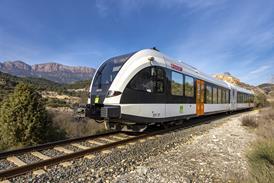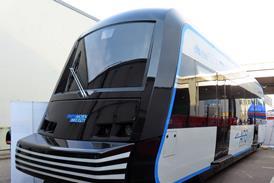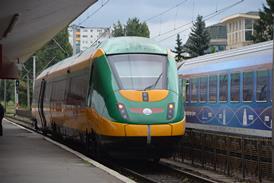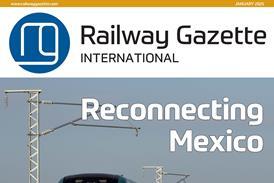IT HAS BEEN a long time coming, but the Chairman of Britain’s Strategic Rail Authority, Sir Alastair Morton, finally published A Strategic Agenda on March 13. True, a tortured industry slowly recovering from unprecedented disruption after last October’s Hatfield derailment must wait six months or more before a strategic plan emerges. But in terms of investment, the agenda does at least map a path to what Sir Alastair calls ’the biggest public-private partnership in Europe.’
Last July, the government offered £29bn of investment grants and revenue support over 10 years, starting this month, provided investors matched it with £34bn of private cash (RG 9.00 p541). Sir Alastair’s task was to make it happen, but even then a major obstacle was emerging: Railtrack lacked both the financial strength to raise this money in the capital markets, and the managerial competence to spend it effectively.
The £5·8bn West Coast Main Line upgrade (RG 11.00 p717) staggers from crisis to crisis. Major engineering jobs at Leeds and Wembley over Christmas both over-ran by more than two weeks, and on March 20 Rail Regulator Tom Winsor announced further enforcement action over delays in restoring the condition of the network after the post-Hatfield crisis. Railtrack faces exceptional losses totalling £580m because of Hatfield, and has consequently revised upwards its estimate of the core cost of maintaining and renewing the network. To fund this, Winsor is plundering the SRA’s war chest that was supposed to lever in private capital for enhancing the capacity and quality of the railways.
Sir Alastair’s remedy is for Railtrack to split into two businesses. Its primary functions would be to control the operation of the existing railway, and to manage the new IMC2000 contracts now being let for maintenance and routine renewal of infrastructure assets. The other business would interface with private investors and the SRA through Project Development Groups in the setting up of design-build-finance-transfer PPPs. Using professional project management, these ventures would undertake major renewal and enhancement projects. Railtrack would buy out the investors when construction and disruption risks were past, injecting the capital to fund other DBFTs in a rolling programme.
Will it work? At least Railtrack seems willing to give it a try; the concept was anathema last summer. The Channel Tunnel Rail Link is on time and budget, nominally and partially controlled by Railtrack though actually managed by Bechtel, but that is a new railway with unprecedented government guarantees. Upgrading a congested main line is a totally different proposition. The holders of the SRA’s 20-year franchises will be major players this time instead of helpless bystanders, and that may help.
One thing is sure. This latest phase of the Great British Experiment will attract close interest from the rest of Europe, and beyond.




















